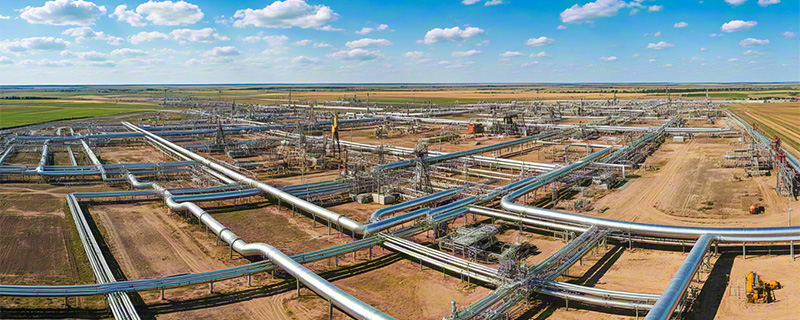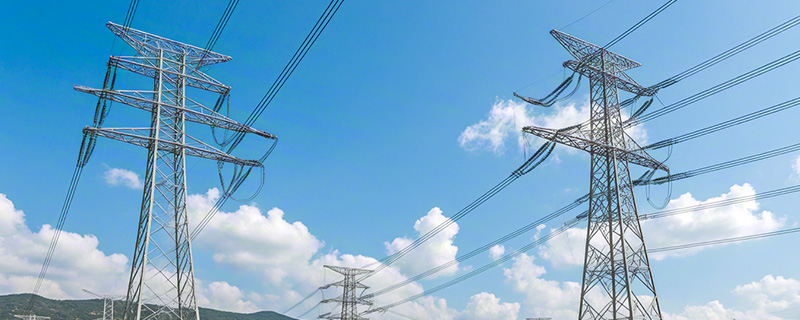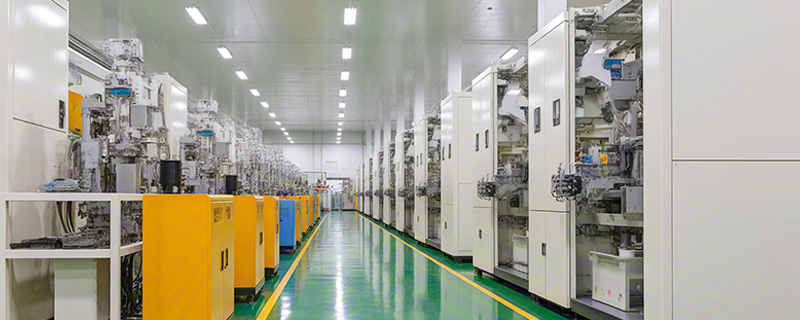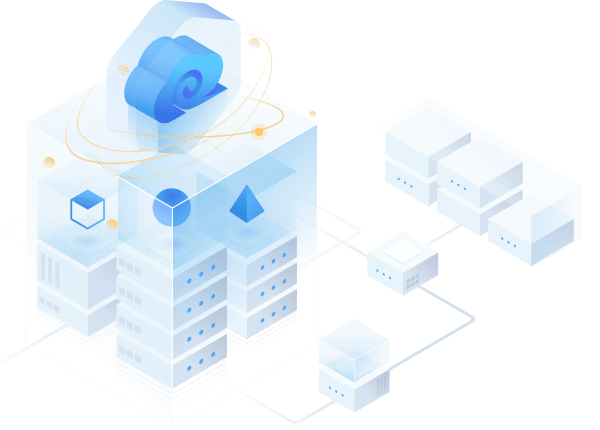 Solution Brief
Solution Brief
Designed around the unique needs of the energy sector, this solution centers on “holistic coordination, resilient security, and intelligent connectivity,” building a comprehensive DDI service system that spans exploration, production, and transmission–distribution scenarios to help energy enterprises achieve the following goals:
-
Centralized Resource Management
By integrating DNS, DHCP, and IPAM, the solution enables unified planning and intelligent scheduling of IP resources across distributed facilities such as oilfields, power grids, and pipelines—enhancing cross-regional collaboration and operational efficiency.
-
Secure and Trusted Network Foundation
Incorporating threat intelligence integration, DNSSEC validation, and industrial protocol protection, the solution establishes a layered defense framework from core networks to edge endpoints, safeguarding critical energy assets.
-
Efficient IoT Connectivity
Supports large-scale, dual-stack (IPv4/IPv6) environments with automated, high-performance IP address allocation and device identification—simplifying onboarding and management of smart meters, sensors, and field inspection devices.
-
Localization and Active-Active Architecture
Fully compatible with domestic chips and operating systems, the solution provides distributed multi-site intelligent resolution and sub-second disaster recovery capabilities, ensuring compliance with “Xinchuang” requirements and maintaining uninterrupted business continuity.




